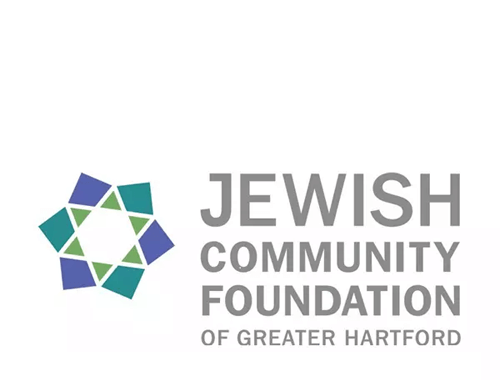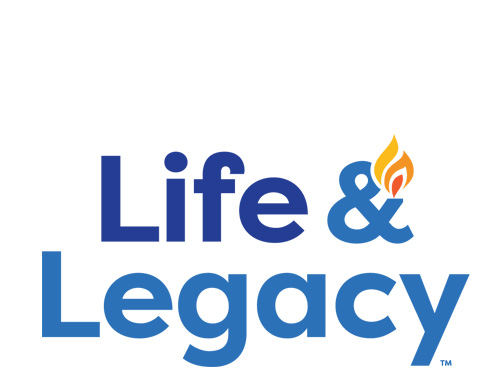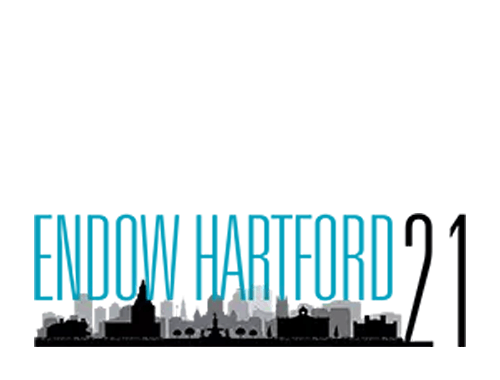Schechter Shavua: April 25, 2025
Learning Beyond the Classroom: Empowering the Minds of Schechter Students
 At Schechter, our student-centered approach to education allows middle school students to connect deeply with both history and current events. When the 8th grade (Amirim) students studied the Pequot War and the 1638 Treaty of Hartford, which led to the enslavement and displacement of the Pequot people, the conversation didn’t stop there. Students didn’t just stop at the past; they explored its impact today.
At Schechter, our student-centered approach to education allows middle school students to connect deeply with both history and current events. When the 8th grade (Amirim) students studied the Pequot War and the 1638 Treaty of Hartford, which led to the enslavement and displacement of the Pequot people, the conversation didn’t stop there. Students didn’t just stop at the past; they explored its impact today.
After their teacher, Mrs. Colleen Simon, discovered that Senate Joint Resolution No. 16—a recent effort by Connecticut State Senator Cathy Osten to condemn the Treaty of Hartford—was up for a vote, she saw an opportunity to bring history to life. Students read newspaper articles covering the resolution, then wrote letters to Senators Osten and Derek Slapp. Senator Slapp, who represents West Hartford, responded with a handwritten note and invited the class to tour the state capitol.
This kind of real-world engagement is only possible in an environment where teachers can adapt lessons to current events and when students are driven to know more. It’s one of the many ways a Schechter education prepares students to think critically, act thoughtfully, and make a difference.
Frozen Jr. Melts Hearts Onstage
Before Passover vacation, the Schechter stage was transformed into the magical world of Arendelle as students delivered enthusiastic performances of Frozen Jr., showcasing the talent and dedication of the cast, crew, and director/choreographer.
Since rehearsals began in January, the production has been a true journey of growth and learning for everyone involved. The cast worked diligently to develop essential performance skills such as teamwork, confidence, stage presence, line memorization, vocal projection, stage directions, improvisation, and comedic timing. Throughout the rehearsal process, students explored character development by experimenting with emotions, vocal inflection, facial expressions, and stage movement—all of which helped bring depth and authenticity to their performances.
Behind the scenes, countless hours were spent running scenes, songs, choreography, and blocking, while also managing costume and set changes. This consistent practice paid off, helping the cast and crew commit the show to memory and ensuring a polished final performance that brought laughs, cheers, and applause from the audience.
The result was a vibrant and engaging production that not only entertained audiences but also celebrated the hard work, creativity, and collaboration of everyone involved. Frozen Jr. was not just a show—it was a shining example of what can be accomplished when Schechter students come together with passion and dedication. Kol hakavod to Director & Choreographer: Julie Borsotti and the entire Frozen, Jr. cast and crew (listed below).
Director & Choreographer: Julie Borsotti; Cast : Ariella Altenburger, Natalie Barnea, Rami Berger, Leah Cohen, Noah Cohen, Hannah Cohen, Iris Cohen, Reva Cohen, Rachel Eddinger, Paige Ferenc, Ilan Gallant, Asher Gamzon, Ezra Goldsweig, Jesse Kay, Ayelet Krinsky, Zoe Laskowski, Talia Matthews, Cordelia Ruth, Gabe Spector, Owen Zablotsky; Crew: Adina Gamzon, Elsa Leshem, Eleanor Ruth
Click HERE to see more photos of Frozen, Jr.
A Taste of Passover Teaches about the Holiday and Jewish Diversity
 Before Passover, Shorashim students (EC3-4) helped prepare three different kinds of charoset(Iraqi, Yemeni and Ashkenazi) before conducting a taste test! Students practiced fine-motor skills and math in the culinary process of learning about the holiday.
Before Passover, Shorashim students (EC3-4) helped prepare three different kinds of charoset(Iraqi, Yemeni and Ashkenazi) before conducting a taste test! Students practiced fine-motor skills and math in the culinary process of learning about the holiday.
Want to know more about the different charoset varieties? The Iraqi recipe includes walnuts and silan (date syrup), but pumpkin seeds and sunflower seeds were substituted for walnuts for students with allergies. The Yemenite recipe is based on Medjool dates and hawaijor cardamom, a spice used for coffee. The Ashkenazi recipe incorporates apples and raisins.
After tallying the votes, the big winner was… the Ashkenazi charoset!
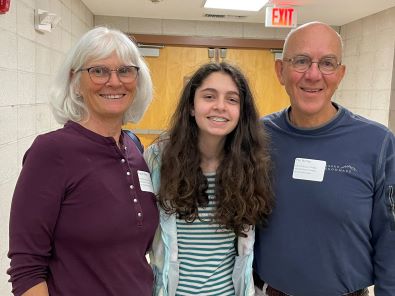 Dor l'Dor Day was filled with love and warmth! Our students and faculty were excited to share a bit of the Schechter experience with their special people. Early Childhood Kabbalat Shabbat and K-8 ReLiSh got everyone singing and dancing. We hope that grandparents and special friends enjoyed experiencing the spirit of Schechter and seeing firsthand what students are learning in the classrooms.
Dor l'Dor Day was filled with love and warmth! Our students and faculty were excited to share a bit of the Schechter experience with their special people. Early Childhood Kabbalat Shabbat and K-8 ReLiSh got everyone singing and dancing. We hope that grandparents and special friends enjoyed experiencing the spirit of Schechter and seeing firsthand what students are learning in the classrooms.
Click HERE to see photos from Dor l'Dor Day!
Special Guest Writer About the Parashah: Sarah Montag, Director of Teaching and Learning
What Bracha’s Big Bang Says About Schechter
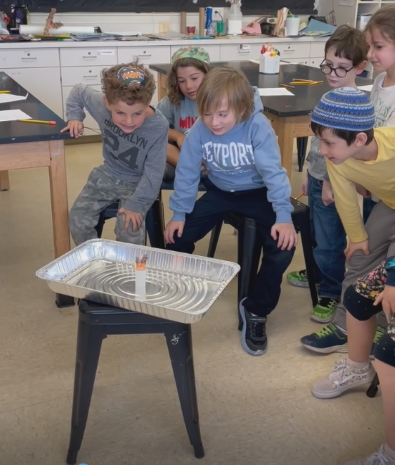 Every once in a while, in Rabbi Berger’s absence, I have the privilege of filling in for him to assist with various responsibilities. It could be lunch duty, connecting with a parent, meeting with a student, or discussing a challenging topic with a teacher. Today, I have the honor of writing his column in the Schechter Shavua with a focus on my passions: Judaism, Education, and Science.
Every once in a while, in Rabbi Berger’s absence, I have the privilege of filling in for him to assist with various responsibilities. It could be lunch duty, connecting with a parent, meeting with a student, or discussing a challenging topic with a teacher. Today, I have the honor of writing his column in the Schechter Shavua with a focus on my passions: Judaism, Education, and Science.
Over the past five years at Schechter, I have had the opportunity to work with a wonderful team of educators to grow our Science and STEAM programming. A Jewish educator by training, little brings me more joy professionally than working with a group of students on a science lesson with a Jewish connection -- whether it be through programming like our Hanukkah STEAMfest, our approach to Tu B’shvat and Earth Day, or engineering different artifacts based on their dimensions given in the Torah. The addition of our Scott Shoham z”l MakerSpace/Design Studio has only further brought this to life.
This week’s parashah is Shemini, which provides many rules and laws about how the Israelites should live their lives. In particular, the laws of kashrut take a leading role in Shemini. This parashah has inspired a brand new unit for our Anafim (gr. 1-2) students , culminating in our new parents’ program: Bracha’sBig Bang: A Science Celebration. At the intersection of tradition and inquiry, students are beginning a unit to study the scientific method through a unique and meaningful lens—Jewish prayers over food and nature. This interdisciplinary approach allows students to connect science with cultural and spiritual practices, deepening their understanding and appreciation. This week, we kicked off their exposure to the scientific method through a demonstration of “Tea Bag Rockets;” over the coming weeks, each student will conduct their own experiment using both the scientific method and Jewish studies. Only Schechter provides a student-centered unit connecting exploration as scientists with a love of Judaism. The result: student growth as individual learners with a deep connection to Judaism.
Shabbat Shalom,
Sarah
Sarah Montag, Director of Teaching and Learning
Click HERE to see a VIDEOof "Tea Bag Rockets!"
Solomon Schechter Day School
of Greater Hartford
26 Buena Vista Road
West Hartford, CT 06107
© Solomon Schechter Day School of Greater Hartford | Site design Knowles Kreative

